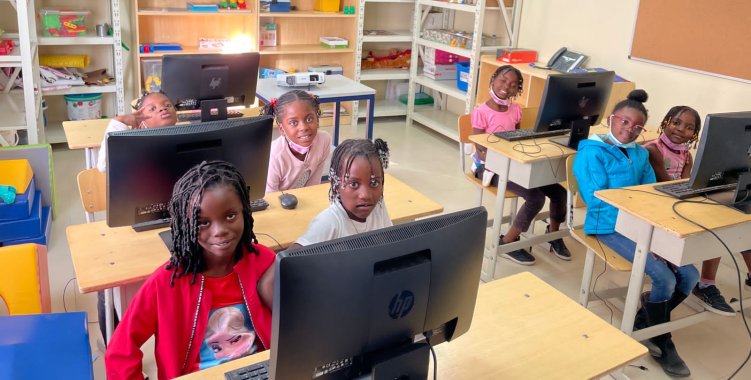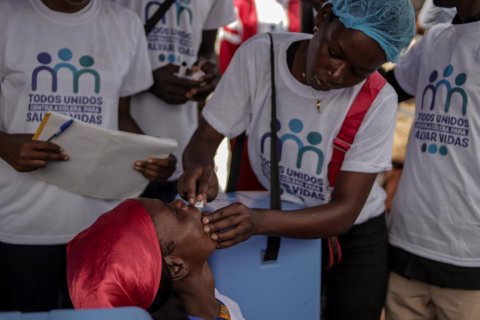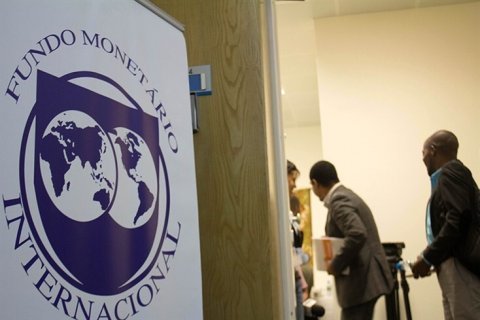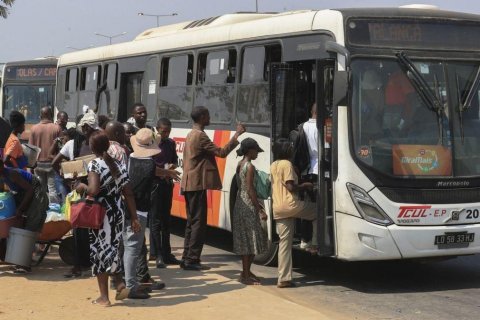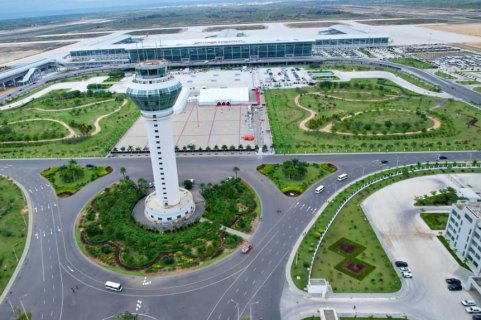The National Human Capital Development Plan 2023-2037, approved in a presidential decree published on Tuesday, includes seven action programs aimed at technical-vocational education, professional training, graduate training, postgraduate training, teacher training, training public and municipal administration, entrepreneurship and business development.
The plan foresees an expansion of technical-vocational education, whose participation rate will increase from 10.9 to 15.6 percent in 2037 and an expansion of the offer of professional training, going from a 0.5 percent participation rate of the population economically active in Vocational Training to 1.25 percent in 2037.
It also includes an increase in the stock of graduates, from 21.7 thousand to 49 thousand, and postgraduates, with an impact on the qualification of higher education teaching staff, which would go from the current 10.8 percent with a doctorate to 35 percent in 2037.
Accelerating the training of primary education teachers, training a total of 153 thousand over the period 2023-2037, is another of the goals of the plan, which also foresees the growth in the number of graduates in the technical career of Public administration (senior managers and technicians ), from the current 31.9 to 45.1 percent in 2037.
Another objective is to increase the number of entrepreneurs with basic initial training, from a total of 101 thousand in the period 2013-2018 to 324 thousand in the period 2031-2037.
To meet the targets “it is estimated that, at constant prices, public expenditure on the education system (pre-school, primary, secondary and higher education) should be, in 2037, around 80 percent higher than the budget allocation 2022”, states the document consulted by Lusa.
These estimates are based on the increase in the population of schooling age, greater coverage of the education system, with an increase in gross enrollment rates and increases in the cost per student, moderate in the case of primary and secondary education and greater in technical education. -professional and higher education.
The increase in public expenditure would thus be 67 percent in pre-school and primary education, 82 percent in secondary education, around 300 percent in technical-vocational education and 62 percent in higher education.
Through the implementation of the programs, an increase in the availability of qualified human resources in priority areas is expected; expansion of the educational and training offer according to the priorities and needs of the labor market; educational and training provision aimed at developing the knowledge and skills necessary for the public sector and the business and private sector; and increase the population's education and qualification levels.
The plan was approved by the Council of Ministers on April 22nd.

